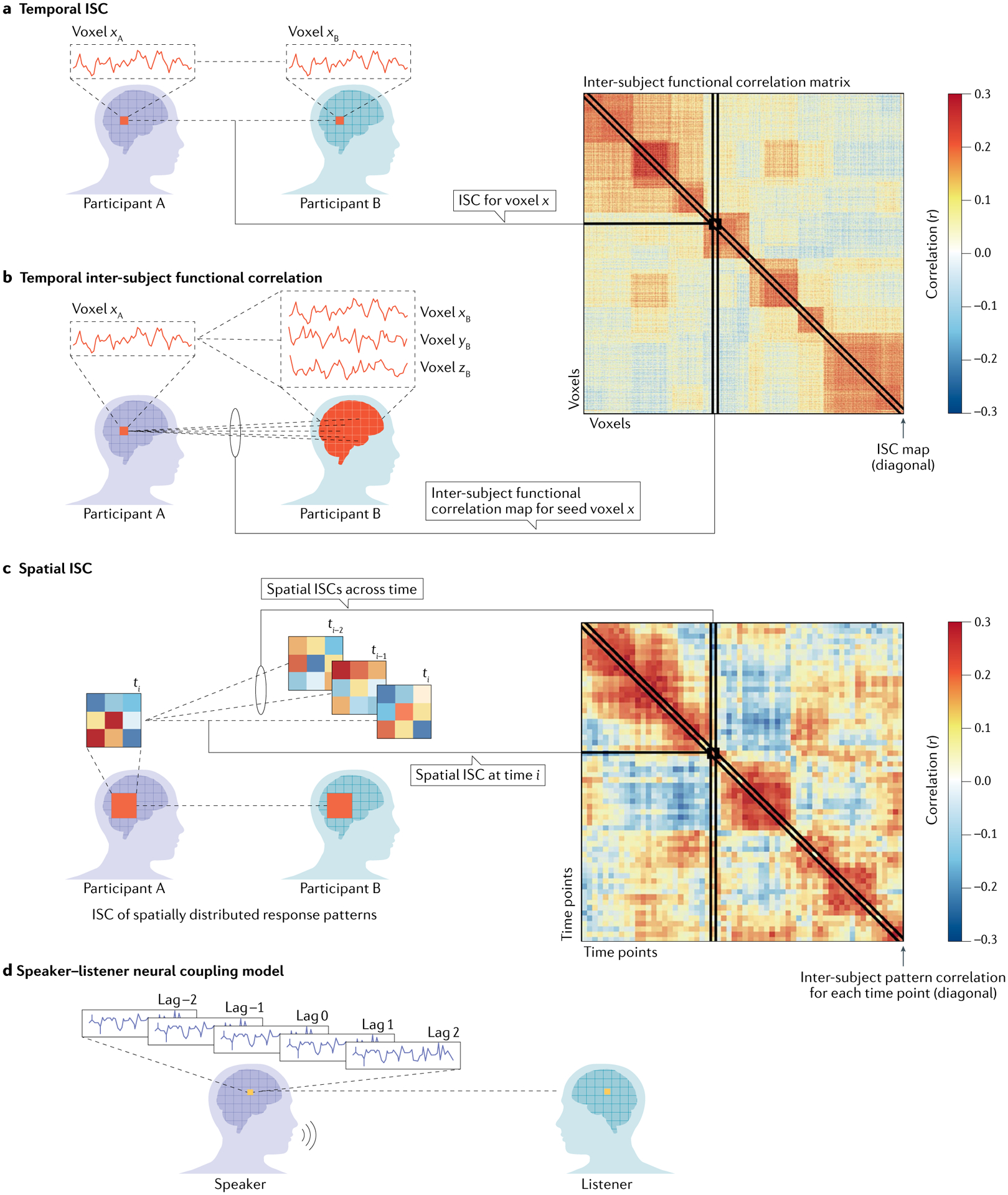Fig. 2 |. Using inter-subject correlation analysis to map shared responses across subjects.

Inter-subject correlation (ISC) analyses allow researchers to measure neural responses that are shared across participants and locked to the structure of the external input. ISC can be computed in the following ways (for more details, see REF.122). a,b | Temporal ISC within and between brain areas. In this basic form, the neural response to a continuous natural stimulus (as a story or a movie) in a given brain area is correlated with the responses in the same brain region in another participant (part a). This simple analysis allows us to measure the consistency of neural responses to complex naturalistic stimuli and to identify neural responses shared across individuals. The ISC method can be extended to correlate the response time course between each voxel in one participant’s brain and all other voxels in another participant’s brain to yield a voxel by a voxel inter-subject functional correlation matrix (part b). The diagonal values of this matrix reflect the conventional ISC map in which correlations are computed only between homologous targets in the participants’ brains. A single value on the diagonal corresponds to the ISC for a given area. A single column (or row) of this matrix represents the functional connectivity map for one seed voxel. c | Inter-subject pattern correlation. ISCs can also be computed across spatially distributed response patterns. For a given region, the correlation between voxels’ response patterns at a given moment (as illustrated by the coloured squares) is correlated across participants. Inter-subject pattern correlations can also be computed across time points to capture the evolution of response patterns over time (for example, if a particular pattern recurs at multiple time points). d | Speaker–listener neural coupling model. ISCs can also be extended to model the direct interaction between a speaker’s brain and a listener’s brain during communication (that is, not induced by shared external input). The speaker–listener coupling model uses the speaker’s brain activity as a model for predicting the brain activity in each listener. To capture the temporal structure of the speaker–listener interaction, the speaker’s time courses are shifted by time intervals backwards and forwards relative to the moment of vocalization. These shifted speaker time courses are combined with linear weights to build a predictive model for the listener brain dynamics. This method enabled investigation of whether the speaker’s neural activity during speech production is coupled over time with the listener’s neural activity during speech comprehension. Adapted with permission from REF.122, CC BY 4.0 (https://creativecommons.org/licenses/by/4.0/).
